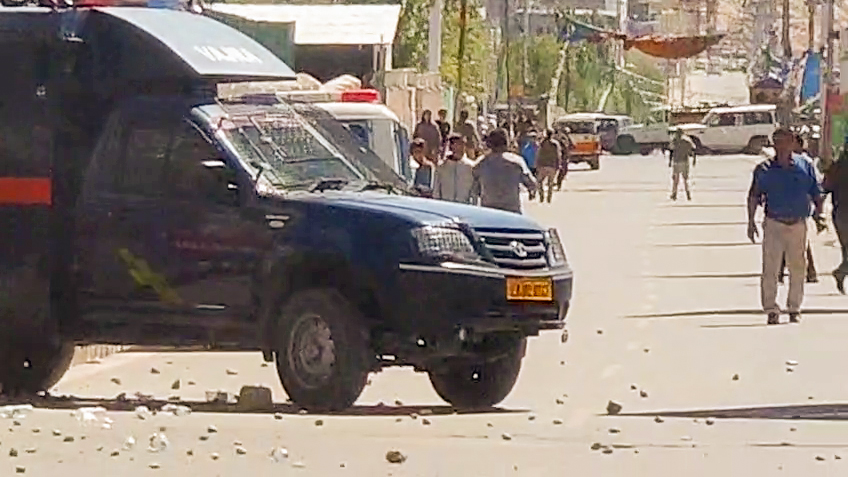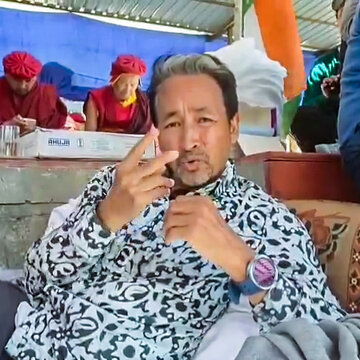On Wednesday, a massive protest was sparked in Leh when locals took to the streets over their demand for statehood and the implementation of the Sixth Schedule protection of Ladakh. Two participants of a hunger strike were hospitalised, and this led to the assemblage by the Leh Apex Body (LAB) youth wing and a shutdown across the city.
The 35-day hunger strike, led by climate activist Sonam Wangchuk, has been a focal point of the ongoing movement. Participants have exacted that the Centre hold formal talks with representatives from both Leh and Kargil, including the Leh Apex Body (LAB) and Kargil Democratic Alliance (KDA). A fresh round of discussions is prearranged pursuant to plans for October 6, raising hopes among locals for concrete action.
Why is Leh in unrest?
The Sixth Schedule of the Constitution provides tribal areas in India with autonomous councils and legislative powers to protect indigenous communities. Ladakh’s demand to extend these protections aims to ensure the certitude of aspects such as political representation, land rights, and the preservation of local culture. Advocates believe that full statehood, coalesced with Sixth Schedule status, would grant Ladakh both legislative autonomy and stronger institutional safeguards.
Tensions escalated when some protesters allegedly resorted to stone-pelting and set fire to a security vehicle outside the BJP office in Leh. Police responded with teargas and baton charges to wield authority over the crowd. Authorities were seen to be deploying additional security personnel to maintain law and order in the city. At the same time, prominence has been put forth on the autonomy demands of Ladakh, due to the agitation. Further on, the officials are seen to be keeping close tabs on the developments as a means to preclude augmented exacerbation.
However, protesters are demanding the date to be set earlier considering the long hunger strike and the increasing interest of people concerning the political future of Ladakh.





